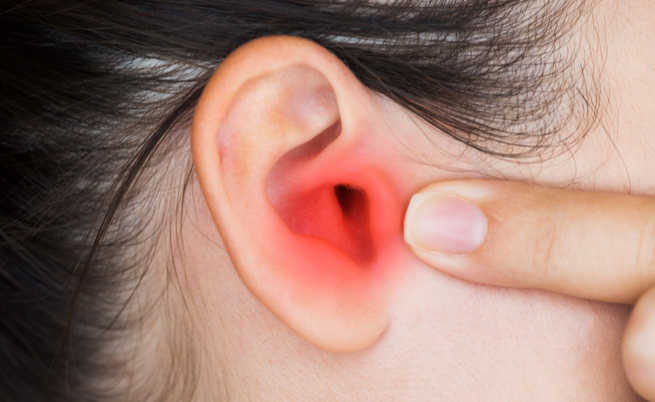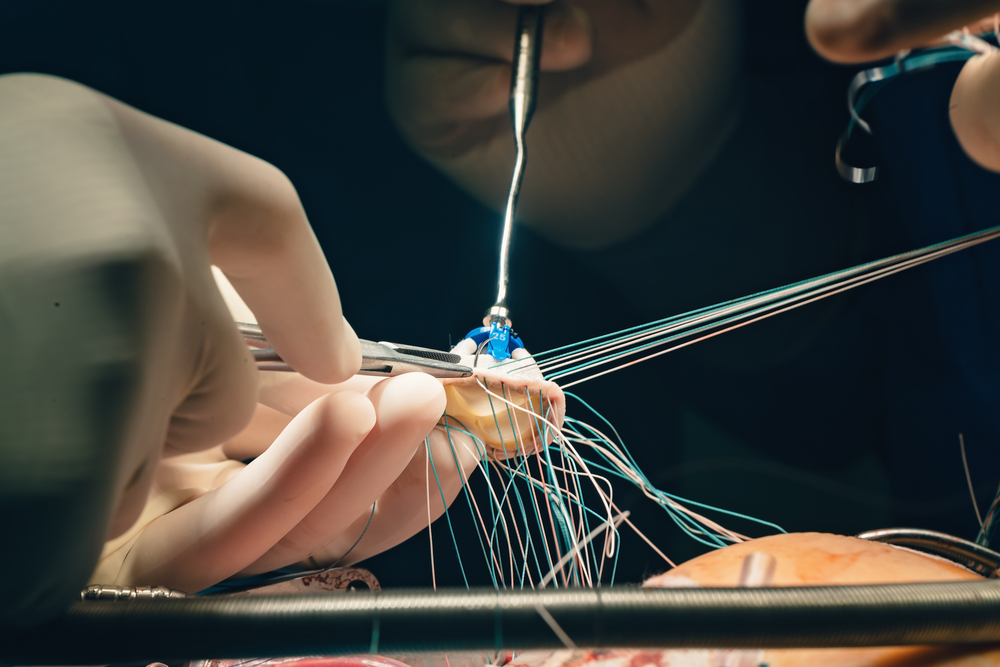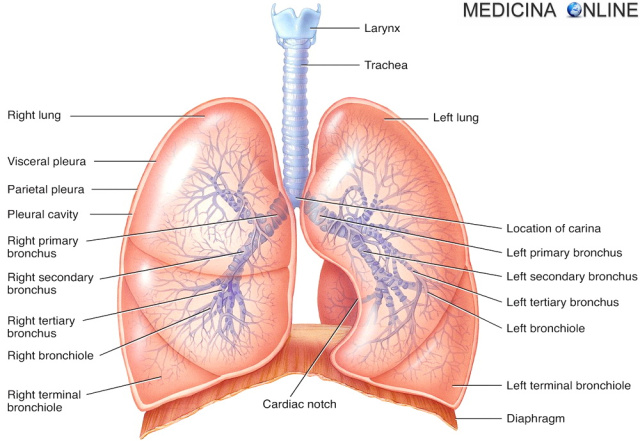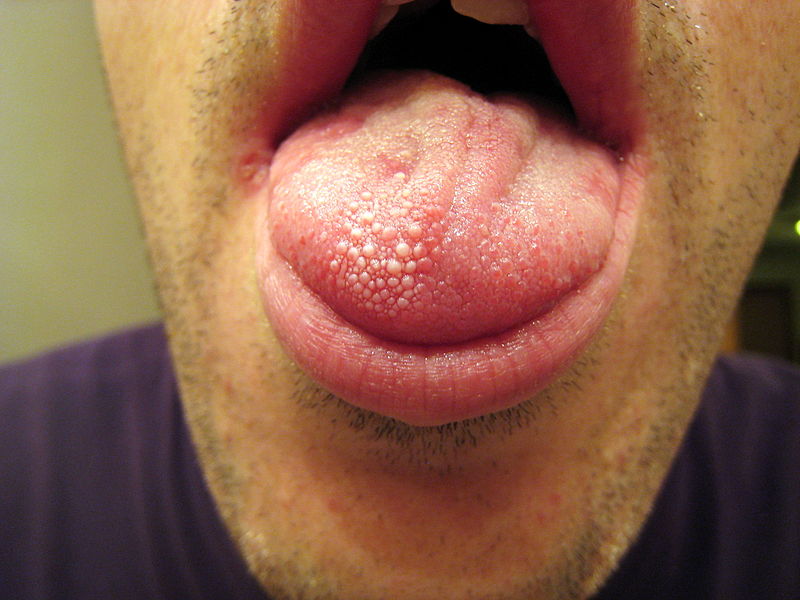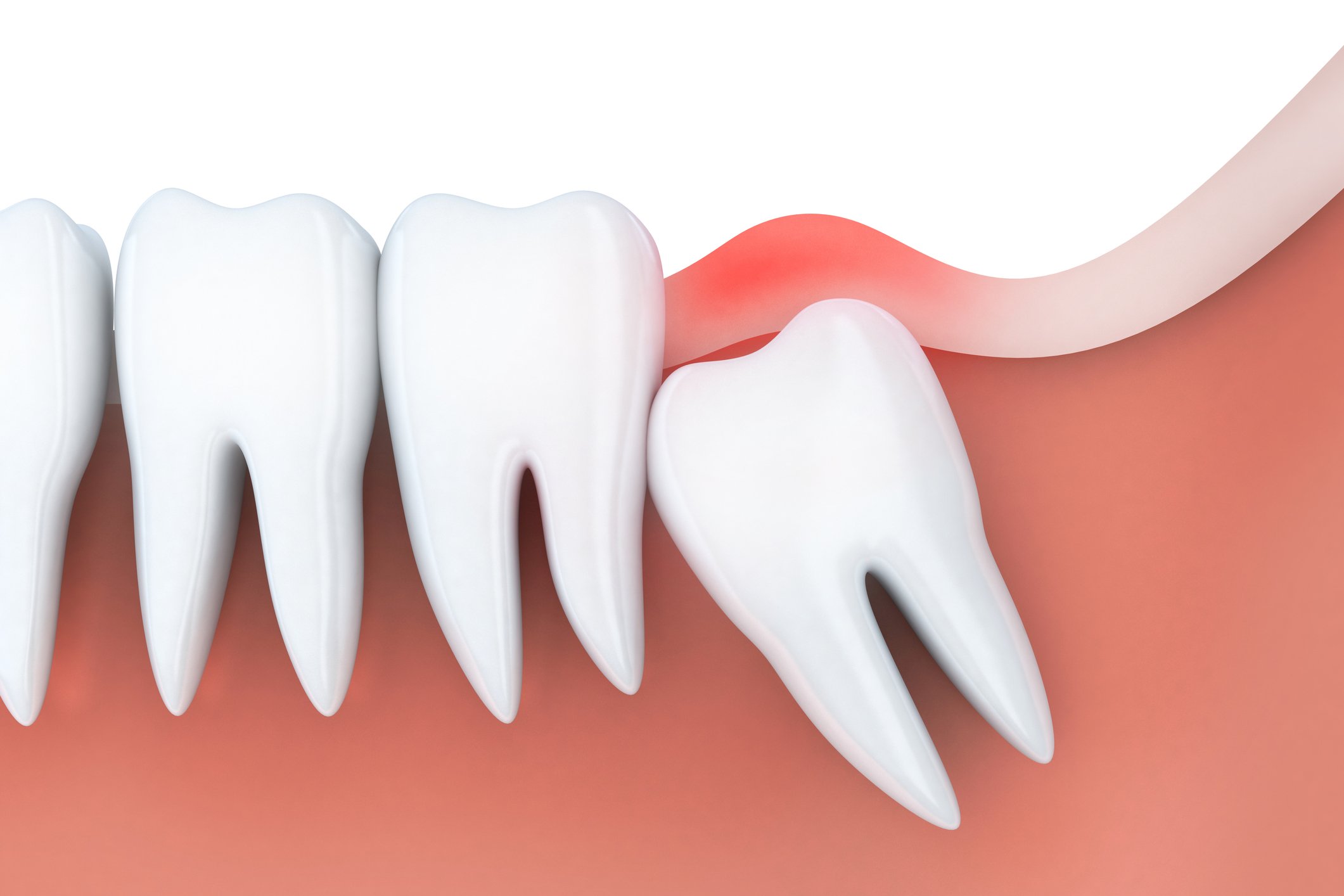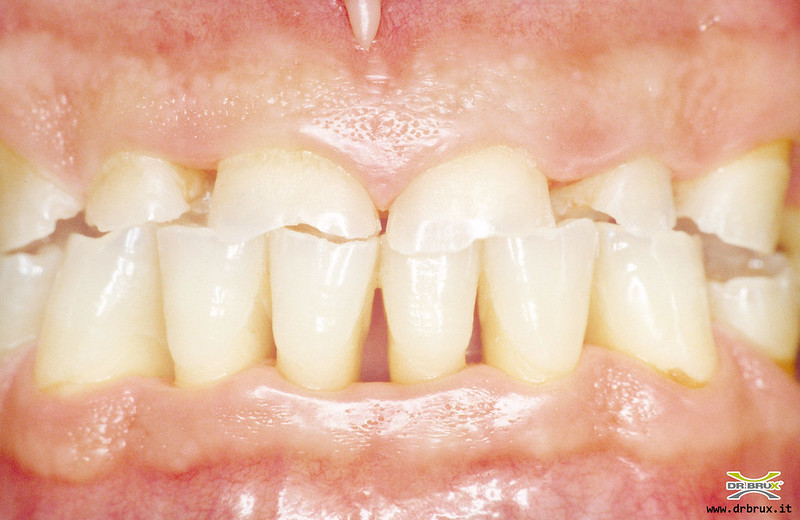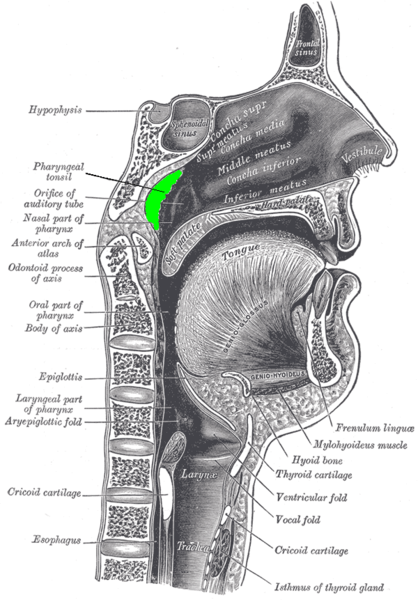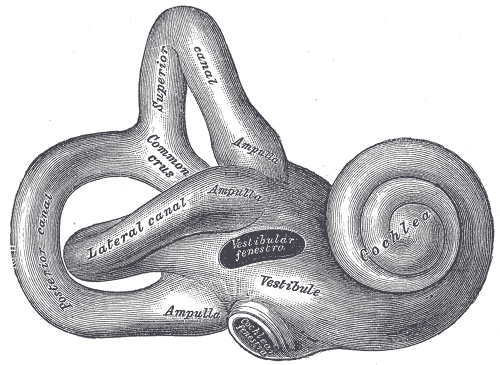Researchers at the Monell Center in Philadelphia have discovered that functional olfactory receptors, the sensors in the nose that are used to sense odors, are also present in the taste cells found on the tongue. The findings, published in Chemical Senses, suggest that interactions between the senses of smell and taste, the primary components of food flavor, may begin on the tongue and not in the brain, as previously thought.
“Our research,” said Mehmet Hakan Ozdener, the study’s cell biologist and senior author. can help explain how odor molecules also modulate taste perception. This may lead to the development of odor-based taste modifiers that can help combat excess salt, sugar, and fat intake associated with diet-related diseases such as obesity and diabetes.”. Ozdener’s futuristic hypothesis is supported by the fact that taste has evolved over time to enable us to assess the nutritional value and potential toxicity of what we put in our mouths.
Through the taste buds, we are able to detect the basic tastes of sweet, salty, sour, bitter and umami and their countless variations; the brain combines the signals provided by taste receptors, smell and other senses to create the overall taste sensation.
Until now, taste and smell were considered as independent sensory systems that did not interact until their respective information reached the brain. Ozdener was prompted to challenge this belief after his 12-year-old son asked him if snakes extend their tongues in order to sniff.
The resulting study suggests that olfactory receptors may play a role in the system leading to taste perception by interacting with taste receptors directly on the tongue. In support of this possibility, other experiments conducted by Monell scientists have shown that a single tongue cell can contain both taste and olfactory receptors.
Lo studio opens opportunities for researchers to conduct numerous other investigations: there are many questions about the mechanisms of operation of the 400 different types of human olfactory receptors; as taste cells cultured in the laboratory respond to odors, they could be used to identify which molecules bind to specific olfactory receptors. Further research may explore the ways in which the molecules that produce different odors modify taste bud responses and ultimately human perception of tastes.
Malik B, Elkaddi N, Turkistani J, Spielman AI, Ozdener MH. Mammalian Taste Cells Express Functional Olfactory Receptors. Chemical Senses, April 24, 2019.



